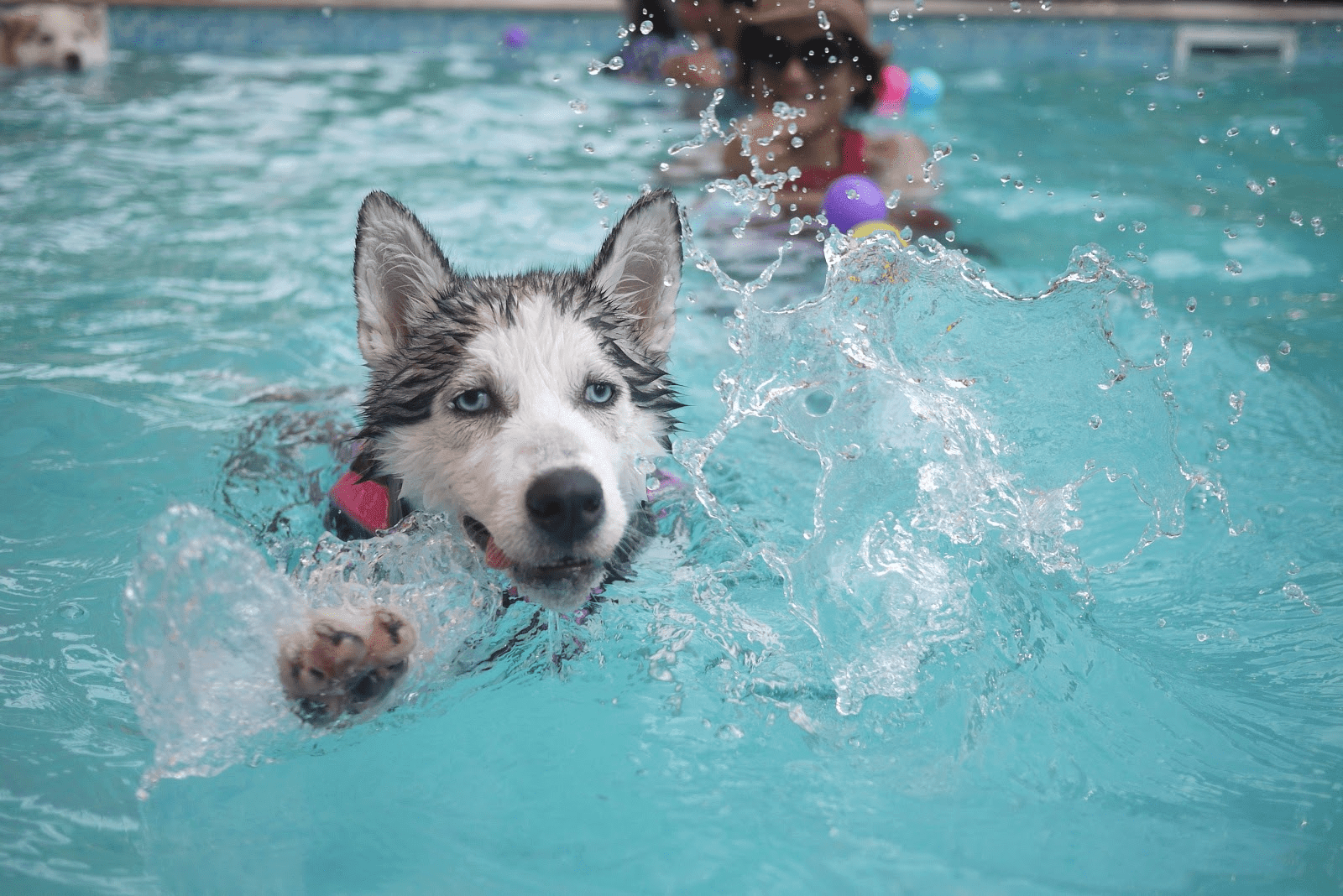HEAT STRESS IN DOGS
Dangers of Heatstroke (Hyperthermia)
Heatstroke occurs when normal body mechanisms cannot keep the body's temperature in a safe range. Animals do not have efficient cooling systems (like humans who sweat) and can get overheated easily.
A Dog Suffering from Heatstroke May Display These Signs:
Rapid panting
Bright red tongue
Red or pale gums
Thick, sticky saliva
Depression
Weakness
Dizziness
Vomiting - sometimes with blood
Diarrhoea
Shock
Coma
Other Exacerbating Factors for Heatstroke Can Include:
Obesity
Brachycephalic breeds (short-nosed and flat-faced) e.g. Pugs, English Bulldogs, French Bulldogs, Pekingese
Thick/long hair coat
Extremes in age (young/old)
Excessive exercise
Respiratory disease/breathing problems - laryngeal paralysis, collapsing trachea
Heart problems/Cardiovascular disease
Neurological disease
Dehydration
Immediate Action
Remove the dog from the hot area immediately.
Apply or spray tepid/cool water onto their fur/skin, followed by fanning to maximise heat loss.
Don't use ice-cold water or ice as this may exacerbate the problem.
Wetting down the area around your pet can also help.
Take your pet to the nearest vet immediately.
Heatstroke is a life-threatening emergency, so even if your pet looks like they may be recovering or you just suspect they might have suffered heatstroke they should still always be checked by a vet.
Heatstroke can cause organ damage which might not appear straight away.
Given the seriousness of this condition, it is better to be safe than sorry and have your pet checked out.
Prevention and Keeping Cool
Exercise Precautions
Just like us, most dogs get pretty lazy during hot weather (however, we know there are always exceptions).
Exercise ONLY in the early morning or late afternoon.
Avoid roads or other surfaces that retain the heat for many hours after the sun has set. If a surface feels hot to your hand, it's too hot for your dog's paws and paws can burn (watch sand, roads and concrete).
Replace physical exercise with mental exercise particularly for restless and youthful dogs. Try some scent games, puzzle toys and trick training on really hot days.
Sleeping Areas
Allow access to cool surfaces such as tiles and floorboards, breezeways and bathrooms can often be cool places for dogs to lie.
Use fans.
Outside: dogs will often find cool places in dirt or mulch, under the house or on a deck/veranda that is in the shade for most of the day.
Be aware of where the sun hits your house during the day, and make sure to give your dog access to cool spots throughout the day.
Consider cool coats, mats or cooling bandanas for your pets, but only under supervision.
Water
Provide lots of COOL water - use ice to keep water outside cool.
Make sure water outside is in the shade for the entire day.
Encourage your dog to drink by adding water to their food, freezing their food into ice blocks or using some of our ice block recipes. Some ingredients such as coconut water can be hydrating and useful during hot weather.
Water fountains can encourage pets to drink more and are usually filtered so are healthier for your pets.
Travelling
Of course, pets should only be in cars if you are driving (preferably in air con!)
Never leave them in a parked car even for a couple of minutes.
Make sure your dog has adequate shade if traveling on the back of a Ute, and something to stand on that isn’t metal or heat absorbent.
Enrichment
Ice blocks, clamshells, swimming, frozen toys are just some ideas.
We hope you and your pets stay cool this summer!
For more detailed info about heatstroke in dogs, including what happens at the vets, The Animal Emergency Service (AES) has some great info in their article here.



